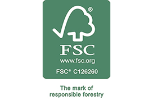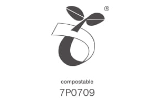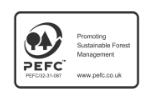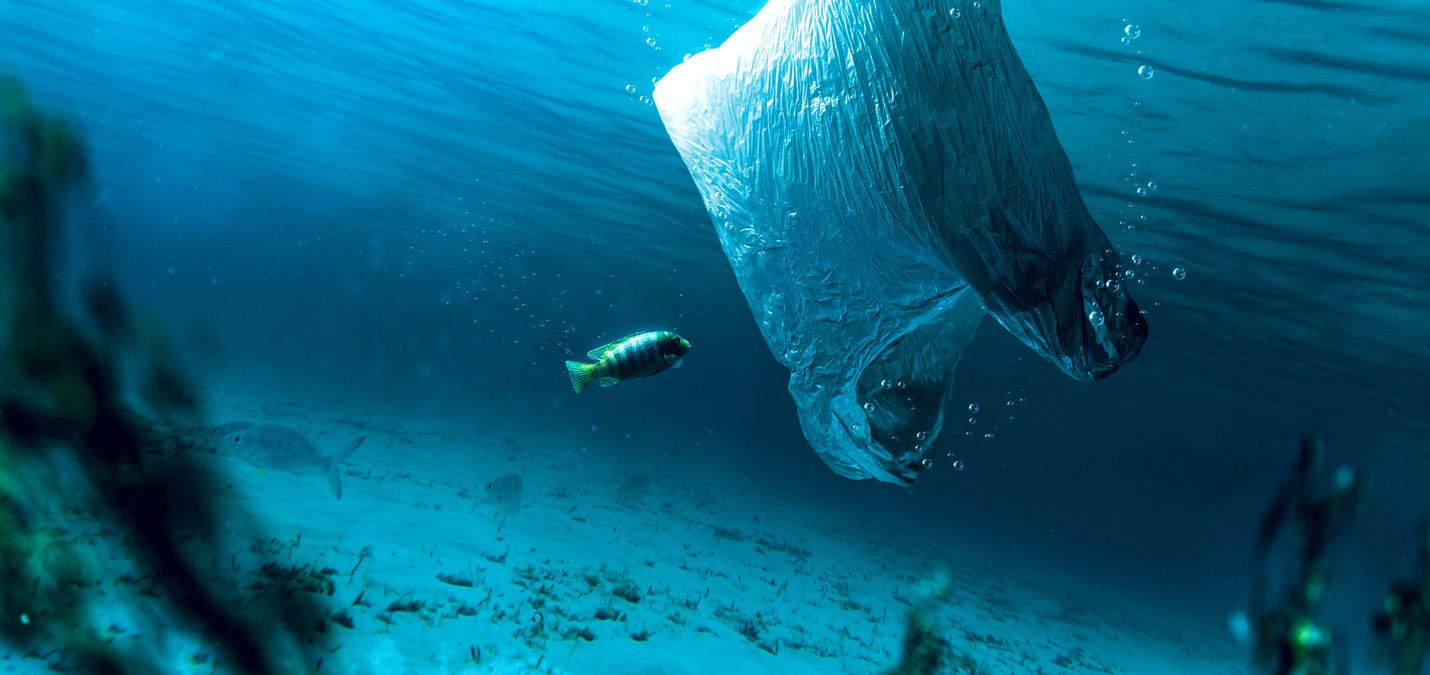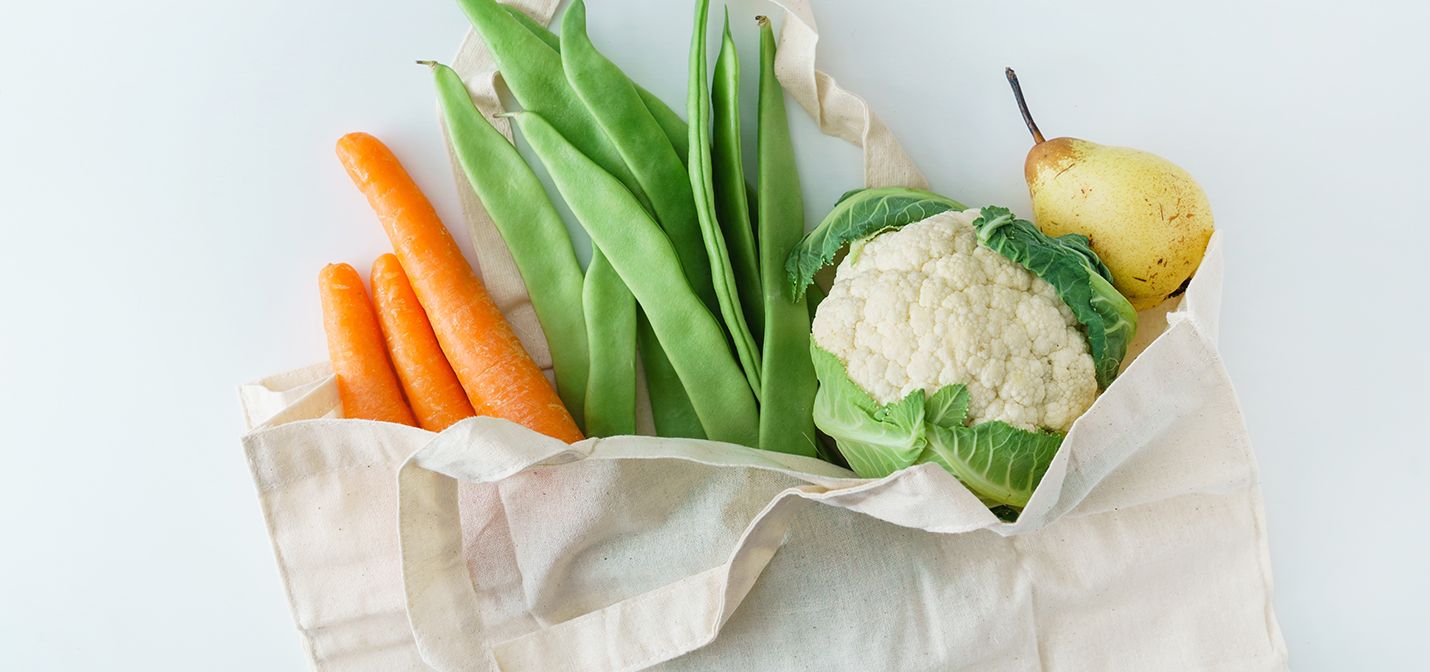

Biodegradable packaging; what is it?
A balanced approach to packaging (i.e. sustainable packaging) is not just a trend but a necessity, considering the present-day environment. Whether it is food, cosmetics or other goods, these days manufacturers tend to choose environmentally friendly materials in lieu of plastic bags, cling film or polystyrene boxes. To limit the use of plastic and find the right substitute for it, let's have a closer look at offers available on the market. Find out what properties and applications biodegradable packaging has and in what ways it differs from compostable packaging.
You don't need a big factory, supermarket chains or restaurants to take care of the environment. Both global brands and smaller retail and service outlets increasingly offer eco-friendly packaging as an alternative to plastics. Biodegradable packaging decompose partly or wholly. Compostable packaging proves to be even more safe and environmentally friendly.
An EU directive, which soon enters into force, will certainly help to promote biodegradable and compostable packaging. The aim of this initiative is to significantly reduce plastic consumption by replacing it with eco friendly materials. Due to this in a few months’ time consumers will notice that their favorite vegetables or fruits, loose products that are weighed or cosmetics will be sold in brand new organic packaging.

An alternative to plastic? Bioplastics!
Plastics can be successfully replaced with eco friendly materials. The Bioplastics is a name that denotes the whole family of materials with different properties and applications. According to the European Bioplastics, materials defined as bioplastics must be:
- bio derivatives
- biodegradable
- both
Bioderivatives
The term ‘bio derivative’ refers to the material which partly comes from biomass (a plant). Biomass used for the production of bioplastics is derived from corn, sugarcane or cellulose.
Biodegradable
Biodegradation is a chemical process in which microorganisms in the environment convert materials into natural substances such as water, carbon dioxide and compost (artificial additives are not necessary here). The biodegradation process depends on surrounding environmental conditions (e.g. location or temperature), material and its application.
Bioderivative doesn't mean biodegradable.
Biodegradability does not depend on the resource base of the material, but is rather related to its chemical structure. In other words, 100% of bio-industrial plastics may not be biodegradable, and 100% of fossil-based plastics may be.
Now it's ‘cellulose time’
I guess everyone is familiar with cellophane foil, and this is because for many years the popular "cellophane" has been used for packing various things. We remember it as rustling clear foil tied with a red ribbon in which flowers and gifts used to be wrapped. Cellulose film is primarily renowned for its high transparency, and that in production natural raw materials are used, which are rich in cellulose (e.g. jute, hemp, flax and grass). Most cellulose fibres contain wood. The production of cellulose film is based on cellulose pulp derived from wood-pulp.
Nowadays, cellulose film manufacturers choose cellulose pulp from reputable suppliers who are FSC (Forest Stewardship Council) and PEFC (Programme for Endorsement of Forest Certification) certified. This means that the wood used in the production originates from forests or special plantations that abide by the rules of good forestry management.
Today's cellulose films can be thermoformed (if they are covered with heat-sealable varnish), transparent and stained. To add a tint of colour, non-organic dye is added during the production stage. A huge advantage of cellulose film is a very high barrier of oxygen permeation.However, the most distinctive and basic difference between cellulose films and most plastic films is their biodegradability and composting potential. .
For the production of cellulose film wood pulp is used, which is a renewable bio-material. This means that the used foil is not only biodegradable, but it can also turn into so-called healthy compost. The global standards of compostability put great demands on manufacturers. As a result, more environmentally friendly chemicals are more and more often used in production, which ensures that cellulose film is compostable.
Cellophane: Biodegradable and compostable
The level of social knowledge about organic packaging has risen over the last few years, but still many people mix up the concepts associated with it , which results in confusion. For example, two completely different cellulose films: biodegradable and compostable, are thrown into one bag of eco packaging. Meanwhile, each of them has completely different properties and usage.
Biodegradable cellulose foil
The composition of biodegradable cellulose film is 75% cellulose (derived from cellulose pulp), 18% chemicals (e.g. thermo-sealant or dye, which the foil absorbed during the production process) and 7% water. When the packaging made of such foil is used up it ends up in the composter. There it is broken down for approx. 4-5 weeks and turns into compost -resembling brown powder. And although the water from the foil evaporates, the chemical substances mentioned above still remain in the powder. If this type of compost is used e.g. as a fertilizer in the backyard garden, it can be hazardous to vegetables due to the heavy metals and other chemical compounds contained.
Compostable cellulose foil
Some of the films produced today allow for the substitution of selected chemicals used in production with other more neutral, biologically harmless and eco- friendly substances. Thanks to this conversion, compost which is the by- product of the decomposed film does not adversely affect the environment anymore, so we define it as natural or simply – healthy. If used for fertilizing vegetables in the backyard garden, it will not pose a hazard, and the vegetables will not contain heavy metals or other harmful chemicals. This film is therefore biodegradable (because it is also broken down to brown powder in suitable conditions) and composted (because it provides healthy compost).
Cellophane films, both biodegradable and compostable, offer enormous possibilities. They differ in barrier properties (e.g. resistance to oxygen and moisture). They can be covered in special coatings or varnishes, but they are also suitable for printing, laminating or in packaging machines. Additionally, the environmentally friendly transparent foils all have the required certificates to be allowed to come into contact with food. It is a great alternative to plastic film, as it not only works in everyday use, but above all it is eco-friendly.
Zobacz również:
Most frequently read

About company
Silbo – packaging production experts with 20 years of experience in the industry. We support environmental protection on many levels, for example with creating new, biocompostable standards in the field of packaging production. These are the main values on which the activity of SILBO is based: focusing on innovation, ecology and quality issues.
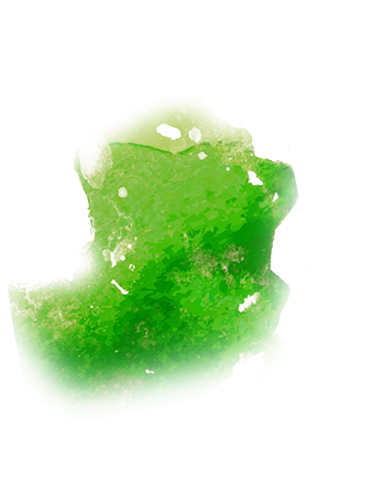

Received certificates
